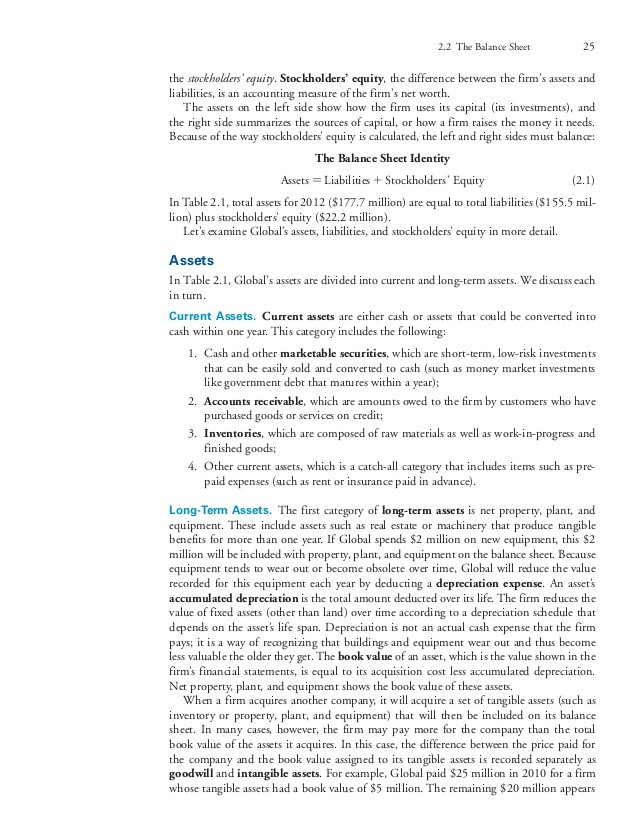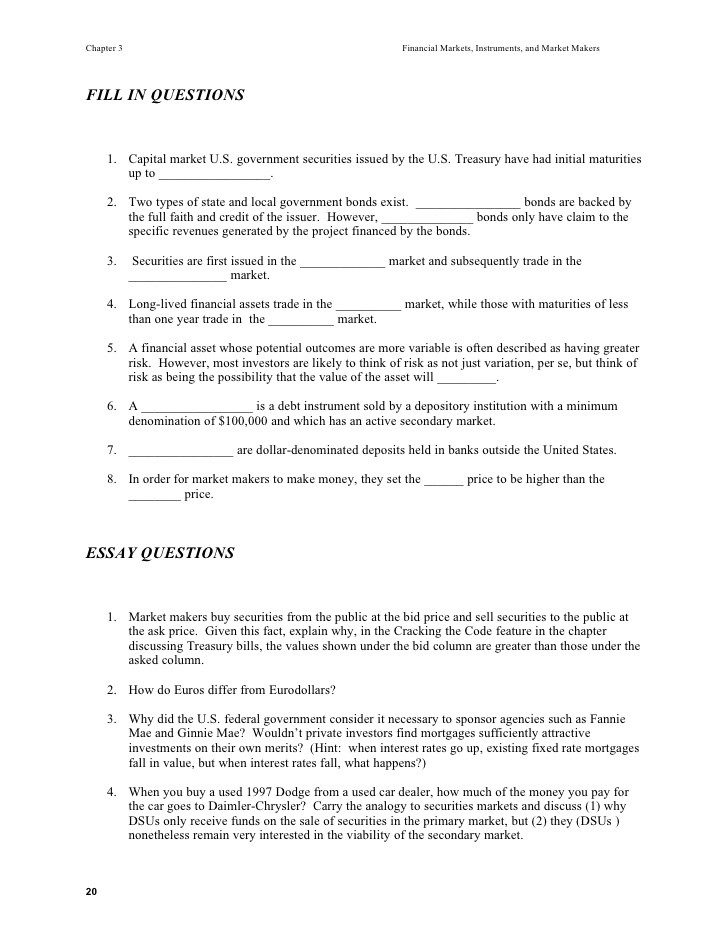A Study On American Depositary Receipts Finance Essay
Post on: 14 Июнь, 2015 No Comment

Introduction
There continues to be a tremendous opportunity for growth and investment in the Indian subcontinent. However, even though the Indian market provides a compelling opportunity for investment, it is difficult for foreign investors to access this market directly. Thus, Indian companies’ ADR’s are a valuable investment for US investors. While the law of one price states that two identical securities must be priced identically, Indian ADR’s tend to be priced at a premium to the underlying stock. We are using TATA Motors Indian stocks that have US ADR’s for analysis.
What are ADR’s ?
An American Depositary Receipt (ADR) is a negotiable instrument issued by a depositary bank that evidences ownership of shares in a corporation organized outside the U.S. Each ADR represents a specific number of underlying ordinary shares in the non-U.S. company, on deposit with a custodian in the applicable home market.
ADRs are generally treated as U.S. domestic securities. They are quoted and traded in USD and are subject to the trading and settlement procedures of the market in which they trade. ADR trading venues include the U.S. national stock exchanges (New York Stock Exchange – NYSE; Nasdaq Stock Market – Nasdaq; NYSE Alternext (formerly AMEX)) and the U.S. OTC (over-the-counter) market.
ADR programs, or “facilities,” are typically classified under three levels:
1. When an ADR program is established based on existing ordinary shares and traded in the U.S. OTC market, it is categorized as a “Level I” ADR facility.
2. When such a program is listed on one of the aforementioned U.S. stock exchanges, with no corresponding offering of newly issued shares or ADRs, it is identified as a “Level II” ADR facility.
3. When an ADR program facilitates a capital raising, accommodating newly issued ordinary shares, and is listed on a U.S. national stock exchange, it is identified as a “Level III” ADR facility.
Regardless of its classification, a well-orchestrated ADR program can contribute to strong demand for a company’s shares. A successful ADR program can also reflect positively on the company not only in the minds of investors and analysts, but also customers, vendors, regulators, employees and the communities in which the company operates. An ADR program can also function as a corporate governance seal of approval. More specifically, meeting the rigorous and widely accepted listing standards of a U.S. exchange can evidence the sufficiency of a non-U.S. company’s reporting and accounting practices.
ADRs are typically the most readily available and familiar instrument to most U.S. investors for investment in specific overseas companies, while still benefiting from the general protection and transparency facilitated by U.S. securities regulation.
ADR Primary Benefits
Issuers
• Access capital in the U.S.
• Build corporate visibility within the U.S. and globally
• Broaden and diversify shareholder base
• Expand market for shares, potentially enhancing overall liquidity
Investors
• Globalize/diversify investment portfolio
• Trade, clear and settle according to U.S. conventions
• Eliminate cross-border custody/safekeeping charges
• Receive dividend payments in USD
• Obtain corporate action notifications and other important shareholder communications in English
Key Roles and Responsibilities
In order to establish an ADR program, the issuer first appoints a team of advisors that typically includes investment bankers (except for Level I), lawyers and accountants. The issuer also selects a depositary bank to manage the implementation of the program. The depositary bank also performs the critical role of liaison among the various parties to the transaction, and will remain integral to the long-term development of the ADR program.
Generally, the functions of the lawyers and accountants will eventually transition to periodic reporting and general legal matters. Investment bankers will typically not be involved with the ongoing management of an ADR program as well, however, the program will become an important consideration for investment bankers if the issuer contemplates going to the capital markets in the future. The depositary bank is the only party to ADR transactions that is engaged on an end-to-end basis.
Brokers
• Make ADRs available to investors
Depositary
• Advise on ADR facility structure
• Appoint local custodian
• Draft Deposit Agreement and Form F-6 registration statement
• Assist with ADR registration requirements
• Coordinate with lawyers and investment bankers to ensure that all implementation steps are completed
• Facilitate pre-release process to accommodate trade settlements, where applicable
• Advise on investor relations strategy
Custodian
Issuer
Investment Bankers
Lawyers
• Advise on ADR facility (legal) structure
• Negotiate Deposit Agreement
Accountants
Investing in an ADR
Steps:
1) US investor contacts US broker and requests purchase of ADR. If no existing ADR’s
4) Ordinary shares are deposited with local custodian
5) Local Custodian instructs depositary bank in the US to issue ADR’s that represent
the ordinary shares received.
6) The depositary bank issues ADR’s and delivers them in physical form through the
DTC
7) The broker delivers the ADR’s to the investor or credits the investor’s accounts.
What determines ADR returns?
To start our investigation of ADRs we inquire how much of the variation in daily returns can be explained using variables.
It is noteworthy that ADRs are, in a sense, derivative securities, i.e. assets that
derive their value from the value of other financial assets. Abstracting from transaction costs and restrictions on cross-border investment, it is possible to arbitrage ADRs with the underlying stocks. Thus in a no-arbitrage sense, exchange rate changes and return on the underlying stock together should be able to explain ADR returns completely.

However, previous research has suggested that the returns in the market where the
ADR trades (i.e. the US market) affects the returns on the ADRs. This is because to the US investors, ADRs provide an easy way to achieve international diversification.
Consequently, ADRs are also related to US market returns. Finally, it may be argued that the return on an ADR from a particular country is also affected by the returns on the market of their origin as well.
ADR’s can sometimes trade at a big difference to the stock in its home market. This is a violation of the Law of One Price, which states that two securities with the same payoffs must have the same price. Therefore it is important to either justify why the ADR does not have the same price as the underlying stock or establish an arbitrage strategy that allows us to capitalize on this imperfection.
ADRs, especially for emerging markets, provide investors with a wealth of opportunities for diversification
We analyze the correlation of Indian companies’ equity shares listed on the Bombay Stock Exchange to their ADR counterparts on the New York Stock Exchange.
The premium on ADRs
Like all ADRs (and country funds too for that matter) Indian ADR prices are almost never equal to the price of Indian shares they represent, after correcting for the
exchange rate. Derivative instruments like ADRs trade at a premium or discount in
relation to their underlying assets within the band of transaction costs so that there is no arbitrage opportunity. In the case of ADRs, however, the “transaction cost” barrier necessary to prohibit arbitrage is difficult to determine a priori, particularly in light of restrictions to cross-border investment, as is the case in India.
The embedded excel sheet presents the descriptive data about premiums on ADRs. Premiums are calculated as the percentage excess of price of the ADR over the Indian market value of the number of shares it represents converted to US dollars.
The analysis of ADR prices and returns
The embedded excel sheet shows the descriptive statistics for the ADR
Data prepared for Analysis
We Test the hypothesis: a fundamental difference exists between the price of an ADR and its underlying asset on a share to share basis in US dollar terms, where a fundamental would be indicated by potential arbitrage.
We take the Open, High, Low, and Close for each of TATA Motors ADRs and their corresponding equity share for each day their respective market was open between March 2nd, 2010 and August 12th, 2010. Although this time window is brief as to be statistically irrelevant as investors traditionally view long time horizons favorably. Also the prevailing Forex rate for each of the days concerned was used in the study. The price of one share of the TATA Motors stock was converted from INR to Dollars to reflect the total pool of assets represented by the ADR. The daily opens, the highs, the lows, and the closing prices were compared on a dollar to dollar basis. then converted that to a percent change.
I calculated the daily average change, the average change between the opens, the highs, etc. each day’s sample variance and the sample variance in each price change. After these calculations, I determined I calculated the sample standard deviations from each of the prices, the sample average absolute deviation, and the correlation calculation of each price pair.
The correlation calculation will describe the likelihood these two assets’ values will move in correlation with one another. NYSE was most highly correlated to its underlying assets. It was observed that the tendency for values to correlate stronger to their counter-parts as the trading day progressed and that the highs were more correlated than the lows.
The variance shows a strong correlation for the open and the close, Also we can see that ADRs are primarily motivated by local business shifts, even in highly globalized industries. That most movement is due to the underlying asset’s value changes and not due to speculation or investment in the underlying company.
The NYSE moves primarily to reflect the BSE. The nature of the underlying asset then becomes paramount in assessing the value of the ADR.
We have explored Indian ADR-underlying stock price differentials, Our analysis was preliminary and limited by lack of a sufficient volume of ADR data to be statistically significant
In terms of limitation, my data itself had shortcomings.
I could not create a minute to minute price table, nor did I use the Forex exchange rate for the different moments of the day.
The data reflected aggregations of the movements in value over the day’s trading.
Furthermore, analysis is hindered by the fact that 3.5 hours difference separates Mumbai markets close from New York markets open. Therefore, the day’s market movements will not be compared against their direct counter-part, i.e. the day’s open in Mumbai is 3.5 hours earlier than the days open on the NYSE, during which time any number of changes could have taken place for either the companies involved or on a macro level.
The time differential in particular makes the correlation increases during the day’s trading. The highs and lows being similarly correlated as the day’s trading progresses, we should observe similar fluctuations in the highest trade and the lowest trade.
The next steps of this research would to be to collect more rigorous data,
It has been analyzed that as expected, the returns on stocks and their ADRs have a strong correlation in prices in the two markets as well as indications of causality in both directions between the two markets.














